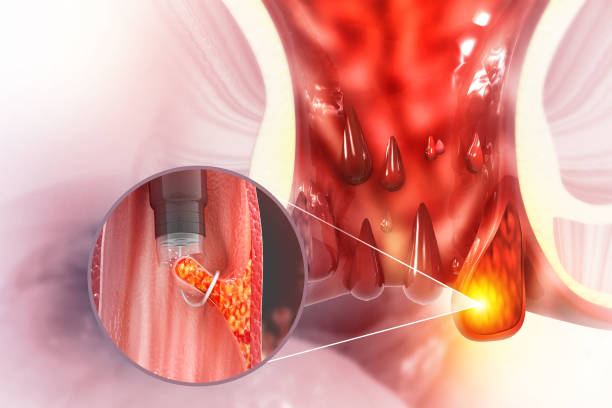19 Dec 2025
Age Specific Related to Psoriasis in Amritsar


Dr. Rishu Baweja
06 Sep 2025
Call +91 80788 80788 to request an appointment.
Piles and fissures are common yet often confused anorectal conditions affecting millions globally. While both are associated with discomfort in the rectal area, their causes, symptoms, and treatments differ significantly. In Punjab, where these conditions are prevalent, gaining a comprehensive understanding is essential for effective management and prevention.
At Livasa Hospitals, with centers in Nawanshar, Mohali, Khanna, Hoshiarpur, and Amritsar, we provide expert diagnosis and treatment for these conditions, ensuring patients receive the best care tailored to their needs.
Piles, also known as hemorrhoids, are swollen veins in the lower rectum and anus, similar to varicose veins. They come in two types:
Piles symptoms often arise from factors such as chronic constipation or diarrhea, straining during bowel movements, long periods of sitting, and obesity. In Punjab, due to dietary habits and lifestyle choices, piles are a common ailment.
A fissure is a small tear in the thin, moist tissue that lines the anus. Anal fissures can occur due to passing large or hard stools, chronic diarrhea, or inflammation from other causes like Crohn's disease. While often confused with piles, they present distinct symptoms, primarily characterized by:
In Punjab, where spicy food consumption might aggravate symptoms, it's crucial to differentiate between these conditions for effective treatment.
Though piles and fissures both cause anal discomfort, they differ in anatomy and treatment. Here’s a comprehensive comparison:
| Condition | Cause | Symptoms | Treatment |
|---|---|---|---|
| Piles | Swelling and inflammation of veins | Itching, pain, bleeding | Medications, dietary changes, surgery |
| Fissure | Tear in the anal lining | Sharp pain, bleeding | Topical treatments, lifestyle modifications |
Understanding these differences is crucial for residents of Punjab seeking appropriate care at Livasa Hospitals.
Diagnosing these conditions involves a comprehensive medical history review, physical examination, and possibly additional tests. At Livasa Nawanshar and other centers, state-of-the-art diagnostic tools ensure accurate assessment:
Our experts, known as the top piles and fissure specialists in Punjab, prioritize thorough evaluation for precise treatment plans.
Managing piles involves a combination of lifestyle changes and medical treatments. At Livasa Hospitals, we offer:
Advanced laparoscopic surgery options are also available at Livasa Mohali for complex cases, ensuring minimal recovery time and enhanced outcomes.
Treating anal fissures focuses on pain relief and promoting healing. At Livasa Hospitals across Punjab, we recommend:
Our approach is empathetic, ensuring that all patients receive personalized care at each of our centers.
Prevention plays a crucial role in managing both piles and fissures. Adopting certain lifestyle modifications can significantly reduce the risk:
Regular check-ups and early intervention at Livasa Hospitals in Punjab ensure optimal anorectal health and the prevention of complications.
If you are experiencing symptoms or require a professional diagnosis, contact Livasa Hospitals. Our team of expert surgeons and specialists is ready to provide comprehensive care and support.
Call us at +91 80788 80788 to book your appointment at our centers in Punjab today.
+91 80788 80788
Livasa Healthcare Group Corporate Office,Phase-8, Industrial Area, Sector 73, Sahibzada Ajit Singh Nagar, Punjab 160071
livasacare@livasahospitals.in
| Mohali | +91-99888 23456 |
| Amritsar | +91-99887 49494 |
| Hoshiarpur | +91-99883 35353 |
| Nawanshahr | +91-75081 82337 |
| Khanna | +91-98888 05394 |